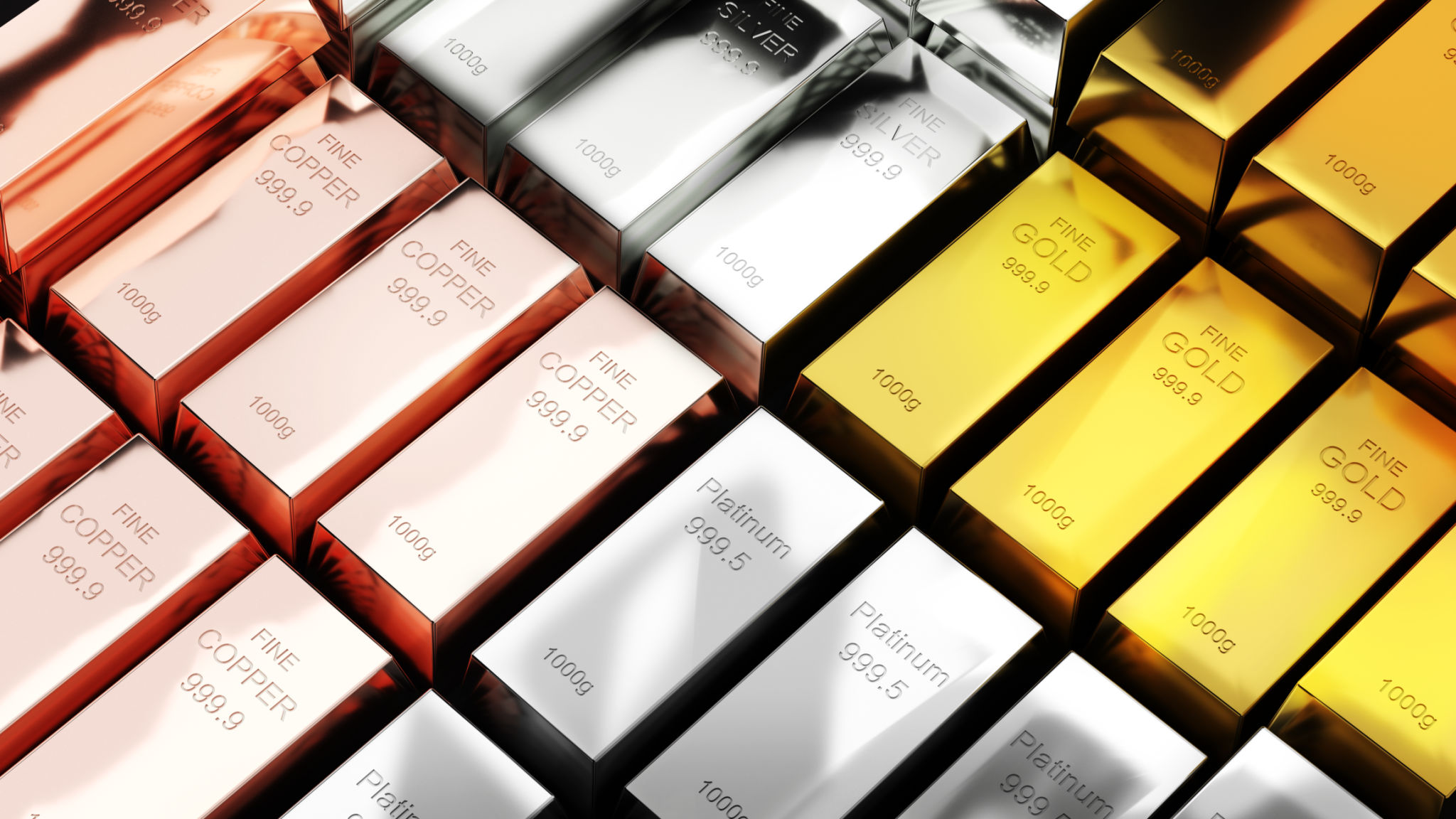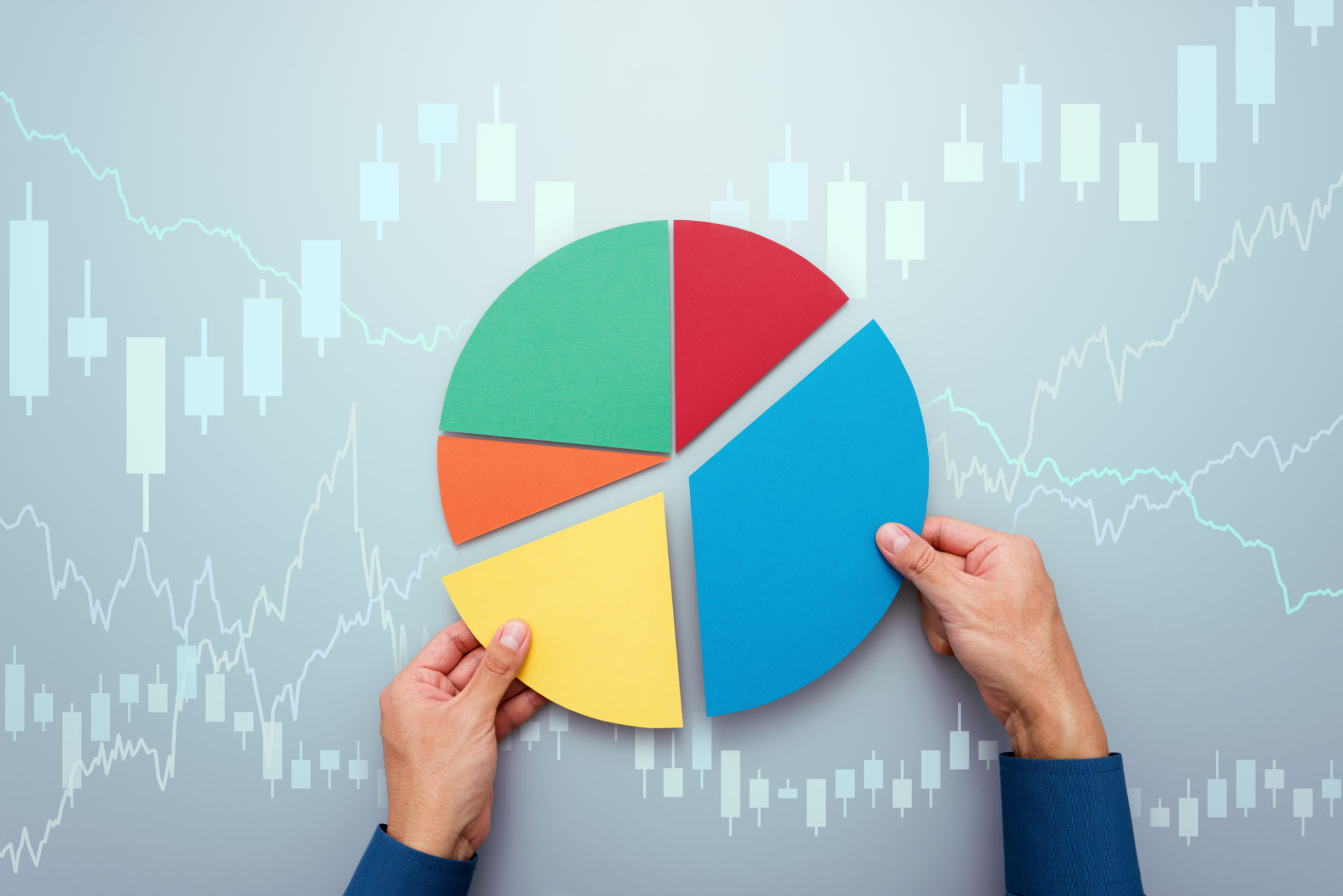Platinum Investment: Why and How to Diversify Your Portfolio
Understanding Platinum as an Investment
Platinum, a precious metal with a myriad of industrial and investment applications, offers a unique opportunity for those looking to diversify their portfolios. Known for its rarity and intrinsic value, platinum is often viewed as a hedge against inflation and economic uncertainty.
Unlike gold and silver, platinum is less frequently discussed but holds significant potential. Its market dynamics are largely driven by industrial demand, particularly from the automotive sector, making it distinct from other precious metals.

Why Consider Platinum?
One of the primary reasons investors consider platinum is its potential for high returns. Its price can be more volatile than gold, offering opportunities for significant gains when the market conditions are right. Moreover, the demand for platinum in industries like automotive and jewelry ensures its continuous relevance.
Another advantage of investing in platinum is its rarity. Platinum is about 30 times rarer than gold, which can contribute to higher prices, especially when supply constraints occur. Additionally, geopolitical factors and mining challenges also impact platinum's availability, further influencing its market value.
Diversification Benefits
Diversifying your investment portfolio with platinum can provide several benefits. It helps reduce risk by not putting all your financial assets into one type of investment. A diversified portfolio can better withstand market fluctuations and economic downturns.

Platinum's performance often does not correlate directly with traditional assets like stocks or bonds. This characteristic makes it a valuable addition to a diversified portfolio, offering protection against market volatility and inflation.
How to Invest in Platinum
Investors can access platinum through various means. Here are some popular options:
- Physical Platinum: Buying bars or coins is a straightforward way to invest in the metal, though it involves storage and insurance considerations.
- Exchange-Traded Funds (ETFs): These funds offer exposure to platinum prices without the need to own the physical metal.
- Mining Stocks: Investing in companies involved in platinum mining can provide indirect exposure to the metal's market trends.
- Futures Contracts: For more experienced investors, futures contracts offer a way to speculate on platinum's price movements.

Risks and Considerations
While platinum investment has its advantages, it's not without risks. The metal's price can be highly volatile, influenced by factors such as changes in industrial demand, geopolitical tensions, and currency fluctuations. Investors should be prepared for this volatility when considering platinum for their portfolios.
Additionally, investing in physical platinum involves costs related to storage and insurance. It's crucial for investors to weigh these costs against potential gains when deciding on the appropriate form of investment.
Conclusion: Making Informed Decisions
Diversifying your portfolio with platinum can be a strategic move, offering both protection and growth potential. However, it's essential to conduct thorough research and understand the risks involved. By considering factors like market trends, demand forecasts, and personal financial goals, investors can make informed decisions that align with their broader investment strategies.
Ultimately, adding platinum to your portfolio could enhance its resilience and open up opportunities for future gains in an ever-evolving economic landscape.
